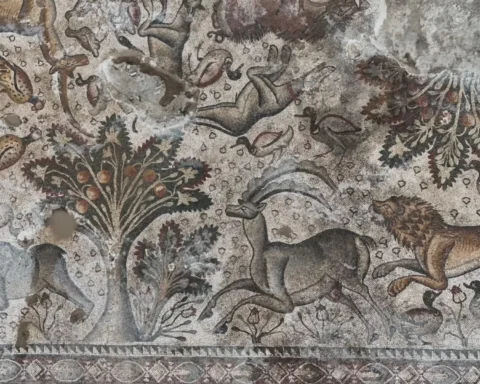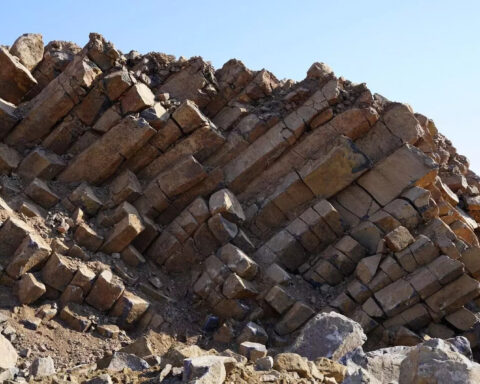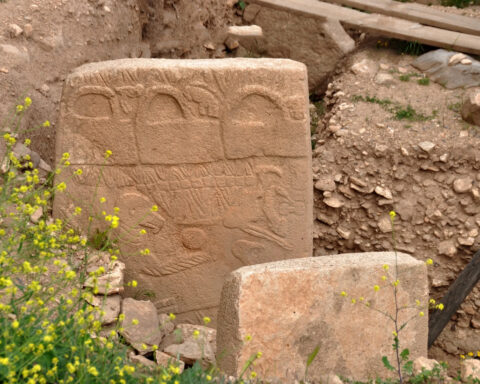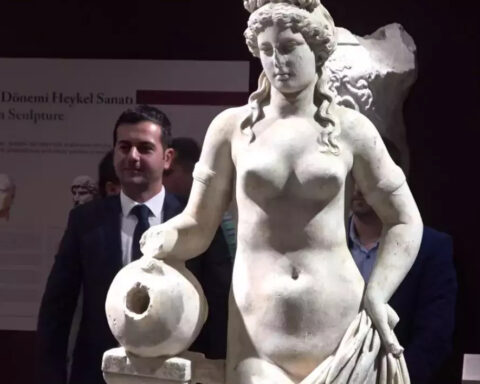The mosaic is currently under the meticulous care of conservators from the Elazığ Museum, who are dedicated to its preservation.
A sprawling, long-lost Mayan city hidden in the dense jungle of southern Campeche has come to light, reshaping our understanding of Mayan civilization’s urban reach. Dubbed “Valeriana” by archaeologists, this once-bustling metropolis reveals an intricately designed network of architectural and agricultural features
During road construction in the Siverek district of Şanlıurfa province, hundreds of basalt columns estimated to be between 2 and 5 million years old were discovered and have since been designated as a protected site. The discovery occurred at the 31st kilometer
According to recent research by scientists from the University of Edinburgh, the ancient pillars of Göbeklitepe, a Pre-Pottery Neolithic site in Turkey, may contain evidence of the world’s oldest lunisolar calendar. This discovery also implies that a devastating comet impact could have
The route of the highway project planned in the western districts of Antalya, Kaş and Demre, have caused controversy. The Environmental Impact Assessment (EIA) report of the highway project, which is to affect historical and natural areas such as Kekova, Myra, and
Child footprints, dating thousands of years, have been brought to light in excavations in the ancient city of Stratonikeia in western Türkiye. Professor Bilal Sogut, head of the Stratonikeia excavation, told Anadolu that teams have carried out “fruitful” works in the ancient
Following the recent Alexander the Great statue that was found in September in the ancient city of Prusias ad Hypium in the Konuralp district of Düzce, where excavations have been ongoing for four years, a lion mosaic was unearthed in a room
Turkey has opened a new archaeology research center that houses the country’s first archaeometry laboratory and a vast digital archive. The Kendirli Church and Latin School, which was constructed in 1860, has been refurbished with the assistance of the European Union and
Street and house ruins from the Early Byzantine and Late Roman Period, unearthed during the excavations at Marmaray’s Sirkeci Station in 2009-2011, will be opened to visitors by the Istanbul Metropolitan Municipality (IMM) in the second stage of Sarayburnu Park at the
Thirty-seven pieces of historical artifacts returned by Switzerland will be exhibited at the Anatolian Civilizations Museum in Ankara after the completion of conservation and restoration works. The artifacts, mostly bronze objects from the Early Bronze Age, Urartian and Roman periods and the
A nymph (water fairy) statue, which was found 3 meters below the surface during the excavations carried out in the ancient city of Amastris, has been determined to be a statue of Aphrodite. While examinations have been continuing on the statue, which
Morocco announced it has gotten back three fossil remains of three different species, dated back to 250 million years ago, from the US. Moroccan Culture Minister Mehdi Bensaid said the announcement of the repatriation of the fossil species was during this week’s
















